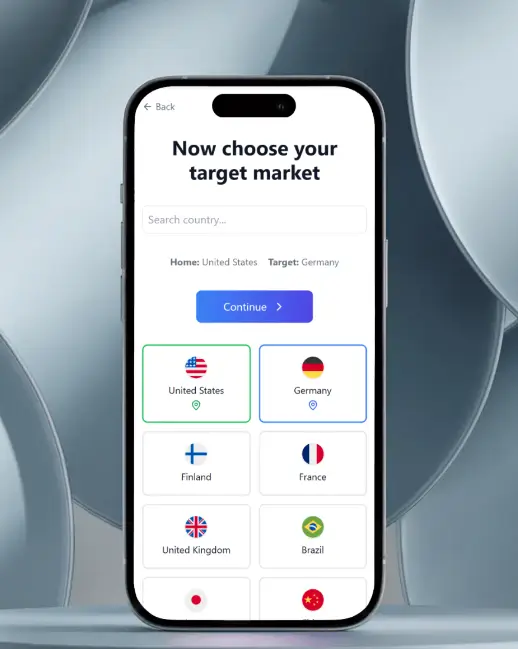We recently attended Revelesco, an insightful event tailored specifically for SaaS founders generating between 5 and 50 million ARR. Hosted by talented advisors Pete Crosby, Emily Assender, and their exceptional team, the event provided valuable perspectives on international expansion, especially into the US market. One memorable moment came from Paul Fifield, a specialist in helping companies successfully launch in the US. Paul recounted a telling conversation with a friend who had just raised Series A funding specifically for expanding into the US. When Paul asked enthusiastically, “How much did you raise?” his friend replied proudly, “3 million pounds!” Paul’s immediate reaction—his heart sinking as he murmured, “Oh nooo…”—highlighted a crucial reality: many companies significantly underestimate the resources needed to successfully enter and scale in the American market.
The True Cost of Expanding to the US
Entering the US market is an attractive proposition for European companies, particularly in the technology and SaaS sectors, because of its immense market potential, purchasing power, and innovation hubs. However, the true cost of a successful expansion into the US often far exceeds initial estimates, requiring careful financial and strategic planning.
Setting Realistic Financial Expectations
Expansion costs into the US are not merely about initial setup expenses. Operational costs—including hiring, legal compliance, marketing, sales, and office space—can escalate quickly. Additionally, the competitive landscape often demands aggressive customer acquisition strategies, considerable marketing investments, and significant talent acquisition efforts, all of which involve substantial upfront and ongoing financial commitments.
Realistically, a successful US market entry for SaaS or technology businesses generally requires at least $5-10 million in funding, depending on industry specifics and market-entry strategies. Companies that budget too conservatively risk depleting resources rapidly, stalling growth, and potentially damaging their brand reputation due to underperformance or inadequate customer support.
Key Costs to Anticipate
Hiring the Right Talent
Finding and retaining skilled employees in major tech centers like Silicon Valley, New York, Boston, or Austin is costly. Salaries often outpace those in European markets, and recruitment can be competitive and time-consuming. Companies need to factor in not just salaries but also bonuses, benefits, recruitment fees, and possibly relocation expenses.
Making Your Mark: Marketing and Sales
Establishing a strong brand presence in the US requires significant investment. It’s not just about translating your message; it involves tailored strategies to appeal to American consumers, robust digital marketing campaigns, events, and local outreach to effectively compete in a crowded market.
Navigating Complex Regulations
US legal and regulatory frameworks can quickly become expensive if not managed carefully from the outset. Compliance with state-specific data privacy laws, tax obligations, and employment regulations requires expert legal advice and often ongoing adjustments, adding to overall expenses.
Establishing Operational Infrastructure
Infrastructure goes beyond just securing office space—it involves setting up IT systems, securing reliable support services, and potentially logistics. These foundational costs are often underestimated and can significantly impact budgeting and operational readiness.
Avoiding Common Financial Pitfalls
Underestimating Market Competition
The US market is fiercely competitive. Underestimating how much effort and investment are needed to establish market share can lead to insufficient budgeting and ultimately to stalled growth or market failure.
Misunderstanding Cultural Nuances
European businesses sometimes overlook subtle cultural differences that impact product positioning, sales approaches, and customer relationships. Missteps in understanding American consumer expectations can result in additional marketing costs and lost revenue opportunities.
Rushing the Entry Process
Companies eager to seize market opportunities might rush their US entry without comprehensive strategic planning. Hastily executed expansions often result in unexpected costs, operational missteps, and missed growth opportunities, ultimately costing more in the long run.
Final Thoughts
Successfully expanding from Europe to the US demands more than a strategic vision—it requires substantial and carefully planned financial resources. Paul’s cautionary tale underscores the importance of realistic financial planning and preparation.
Do you have what it takes?
Are you considering a move into the US market? Check out the game below to see if you have what it takes to enter the American market successfully! The game is completely free to play and you’ll get a personalized and detailed analysis at the end.


















